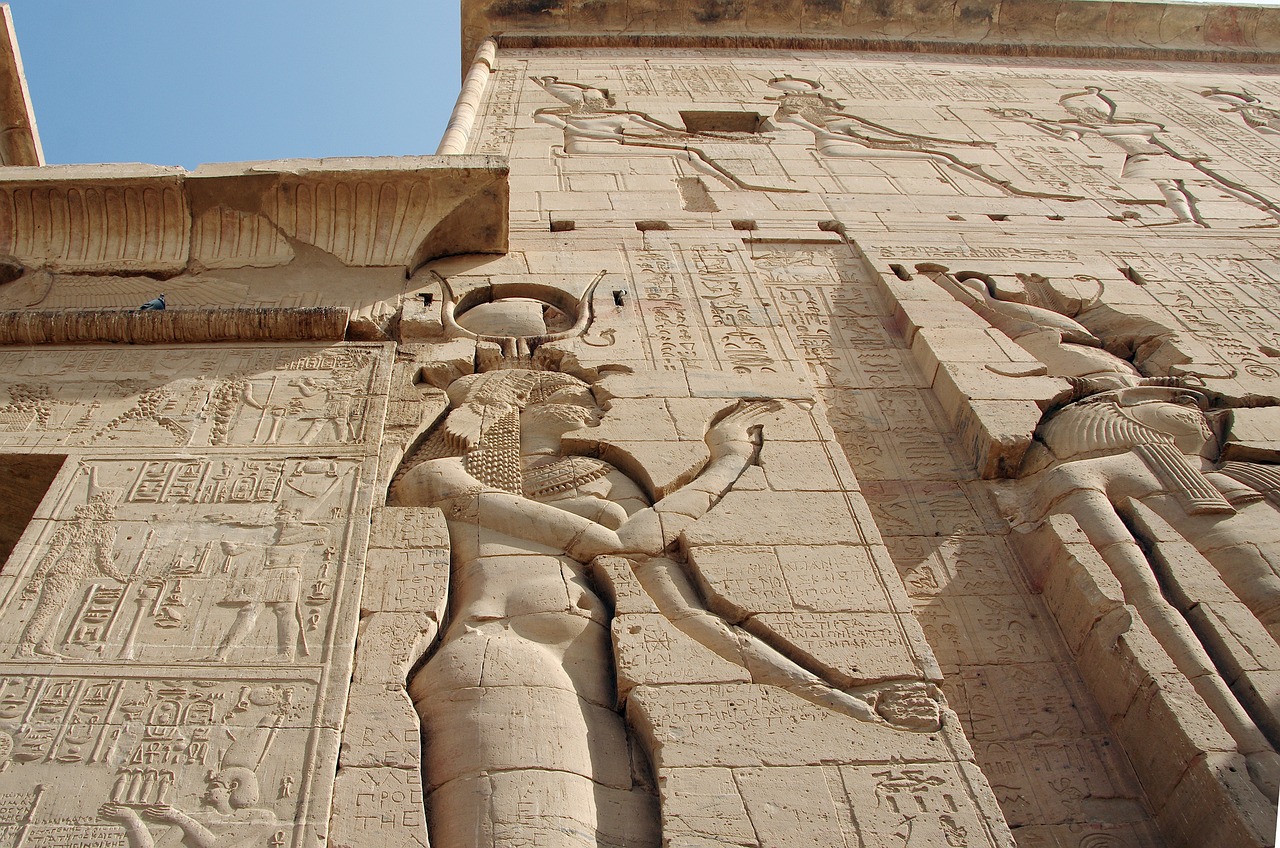In ancient Egyptian lore, no goddess is more often heard speaking than Isis. Her narratives depict her engaging in conversations not just with fellow deities but also with her devotees. This communication style reflects her distinct attributes, as her growing narrative absorbed Greek cultural elements following Alexander’s conquest of Egypt in 332 BC. An integral part of her identity is her dialogue capability, which played a crucial role in establishing her cult as a prominent universal religion. This discussion delves into the vocal expressions and performative speech functions of Isis in pharaonic writings beginning from the Old Kingdom, outlining how her communicative role was a vital aspect of her later Greco-Roman representation.
During the Hellenistic era, Isis evolved into a universal deity, adapting her textual and artistic portrayals to make her more relatable to audiences beyond Egypt for over six centuries. To understand this transformation, we need to explore the deities Isis interacted with in ancient Egypt and the forms of oral traditions prevailing at that time. This analysis will consider the domains that Isis shaped through spoken discourse as evidenced by archaeological findings. Furthermore, the emergence of monotheism in Isis’s worship will be scrutinized, illustrating its influence on the conception of subsequent universality in divinity and its impact on religious thought in late antiquity.
Notably, the portrayals of Isis underwent significant evolution over time, particularly in her interactions with Osiris, her husband, and later with Serapis, her consort in Hellenistic tradition. This transformation reflects a shift from a goddess communicating solely with the divine to one who could listen to mortal prayers, enhancing her universal appeal. Her verbal expressions are essential in the mythical narratives that serve to initiate actions through speech and embody performative elements; her words act as catalysts for actions.
Isis’s Communication in Pharaonic Texts
Isis, often seen alongside her spouse Osiris and their son Horus, showcases the eloquence attributed to Egyptian deities. The richness of the texts capturing her words is unparalleled; few goddesses wield as much sway over mythical occurrences as Isis. This powerful aspect may trace back to the Osiris myth, an important narrative told through diverse fragments rather than a cohesive tale. Central to this myth is the quest by Isis and her sister Nephthys to locate their deceased brother, Osiris, after his murder by Seth. The Pyramid Texts from the Old Kingdom, dating around 2350 BC, highlight their roles as mourners lamenting Osiris’s death. During the Middle Kingdom, Isis’s speech is captured directly in Coffin Texts, illustrating her involvement in ritualistic mourning:
“Oh tired one, oh weary one, lying there! In this place you did not know I knew. Behold, I have found you here, great weary one.”
Vocal Expressions and Transformations
In these early texts, Isis not only grieves but also provides solace to Osiris. Her dialogues often occur when he is a lifeless recipient, with her emanations creating meaning and establishing a connection. From a Coffin Text, we see her invoke Osiris, imparting protective words on his behalf, appealing to the four sons of Horus to aid him against his adversaries.
“I am Isis, the mistress of the western deserts, may she pronounce your beautiful name…”
Isis’s refusal to accept Osiris’s demise emphasizes her role beyond mourning; she engages in a vigorous search for his dismembered body parts throughout Egypt. A stela from the 18th Dynasty illustrates her proactive and magical efforts to protect and revive him through her mystical words.
Rites of Lamentation and Mourning
Moving into the realm of funerary expressions, hymns play a pivotal role in the interactions amongst deities such as Isis. These hymns often manifest as monologues directed toward passive entities, including gods, deceased individuals, or the congregation. Thus, while dialogue may not be the primary focus, the function of these hymns as communication forms remain significant.
The Dawn of Universal Worship
As Hellenistic culture progressed, Isis was adapted and worshipped beyond her Egyptian roots, which led to the blending of attributes characteristic of other Greek deities. This was a transformative period for her cult, as new representations and practices emerged, illustrating her adaptability and universal appeal. The Greek perspective, however, changed her narrative, often separating her from her husband, Osiris, whose resurrection myth was less appealing to a culture that found difficulty in associating with reanimated deities.
Transition into Greco-Roman Tradition
In Roman times, Isis transcended her original form, becoming associated with new consorts like Serapis, thereby altering the dynamics of her worship and the contexts of her rituals. The healing powers she embodied and her omnipresence as a nurturing mother figure resonated with a diverse audience. Adjustments to her mythology saw elements of the Osiris narrative being downplayed or entirely omitted, creating a new Isis relevant within the Greco-Roman spectrum of deities.
Her articulated claims of healing and communication remained salient, yet her role diminished in interaction with other divine figures. In the performance of cult rituals, her ability to directly engage with worshippers became more prominent than her dialogues with other deities, signaling a significant evolution in her character and social role among worshippers.
Through ancient texts, Isis emerges not only as a goddess of magic and life but also as an architect of her narrative, cleverly navigating the transitions between cultures while maintaining the essence of her original rites and attributes.



